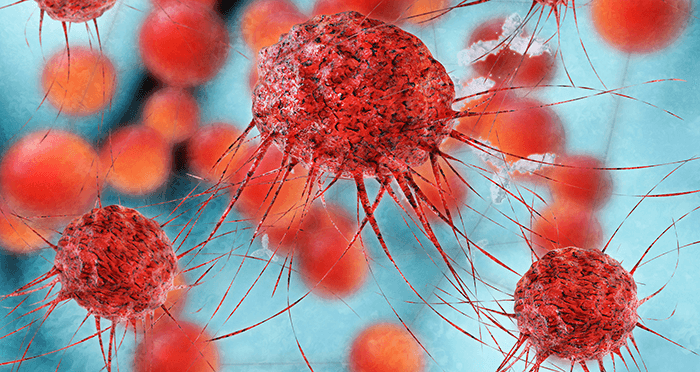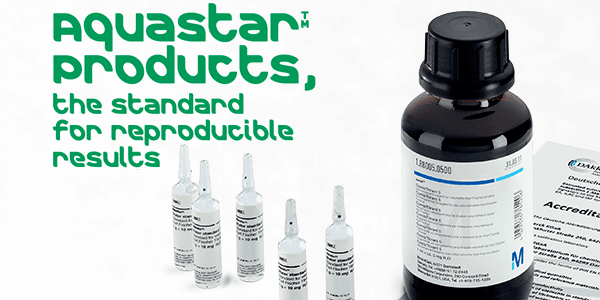Introduction
Cisplatin, carboplatin, and oxaliplatin are the most widely used of platinumbased cancer chemotherapy drugs in the Western world. Cisplatin's effectiveness is due to its ability to bind to the DNA, resulting in DNA-platinum (Pt) adducts, which bend the DNA. The cells must then repair the DNA damage, otherwise DNA replication is blocked resulting in cell death1.
Many cancers are initially sensitive to platinum-based treatment, but patients frequently relapse with tumors displaying resistance to further cisplatin therapy1. Cisplatin drug resistance is due to three major molecular mechanisms: increased DNA repair, increased cytosolic inactivation, and altered cellular accumulation. Decreased cellular uptake or increased cellular export of cisplatin constitutes the mechanisms involved in altered cellular accumulation1.

Cellular uptake of cisplatin is related to tumor burden, meaning low intracellular cisplatin levels are associated with a decreased tumor response to cisplatin. There is a need to analyze the uptake and distribution of cisplatin at the level of a single cell to determine whether treatment is effective. More cisplatin imported into cells results in increased DNA damage and more frequent cell death. Understanding the cellular uptake of cisplatin will allow for the development of new strategies and therapies to increase tumor sensitivity to cisplatin.






